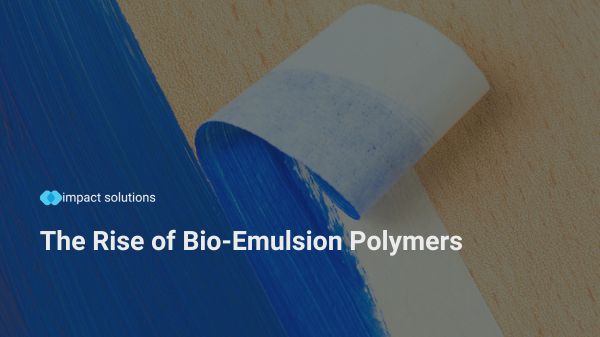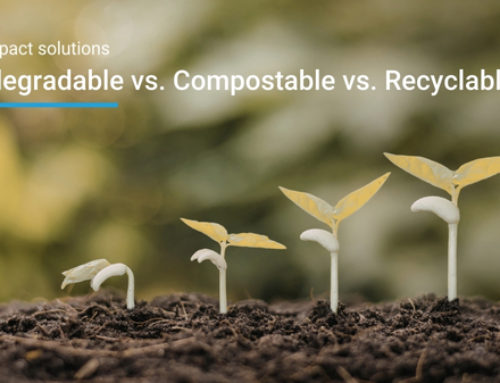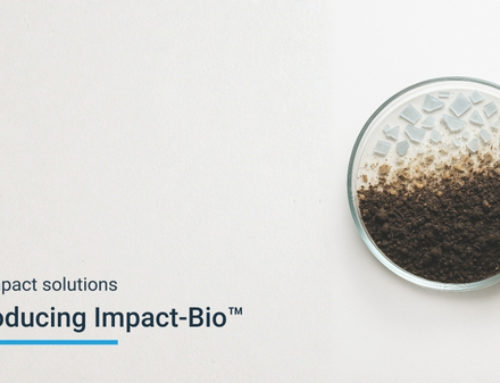Bio-emulsion polymers are a class of materials derived from renewable or biologically sourced feedstocks, such as plants, starches, or proteins. Unlike traditional petrochemical syntheses which utilize fossil fuel feedstocks, these polymers use renewable resources as alternative sources of feedstocks.
How are bio-emulsion polymers formed?
These polymers are created via emulsion polymerisation, a method in which the monomer is dispersed in an aqueous medium as it polymerises. The production process involves converting raw biomass such as plants, algae, or microbes into polymer through fermentation or enzymatic reactions, followed by polymerisation to create a sustainable emulsion polymer suitable for various applications. It begins with the biomass feedstock being converted to the desired monomer for polymerisation. The monomer is then dispersed in an aqueous phase with surfactants to form an emulsion, followed by the addition of initiators to form the polymer. These materials are produced to be a “like-for-like” replacement for their petrochemical counterparts.
Applications of Bio-Emulsion Polymers
Bio-emulsion polymers are typically used in the paints and coatings industry for their superior performance, extended life, and non-toxic nature. The increasing awareness among consumers regarding the materials in their paint provides ample opportunity for these polymers to thrive. They are also often utilized for their biodegradable and eco-friendly nature in applications such as adhesives, serving as binding agents in tape, labels, glue, and even hygiene products. By incorporating bio-emulsion polymers into these uses, the high performance and sustainable products will reduce dependency on petrochemicals and minimize the environmental impact of polymer production.
How do biopolymers compare to their petrochemical counterparts?
Due to the nature of a “like-for-like” replacement, such as the insertion of bio-styrene in place of styrene, there is no evidence to suggest that the characteristics and behavior of the resulting product will differ from its petrochemical counterpart as the basic chemistry remains the same. From the applications stated above, it is clear that the comparable properties and diverse uses of biopolymers show that the product’s functionality is not sacrificed by using biologically derived feedstocks.
Environmental Benefits and Contribution to Sustainability
These polymers offer a green alternative to conventional petrochemically sourced materials. They significantly reduce environmental impact by minimizing dependence on fossil fuel feedstocks, opting for renewable sources that do not deplete finite resources while also reducing carbon emissions. The use of renewable feedstocks advances the circular economy, minimizing waste and contributing to a more sustainable industry.
In a world increasingly aware of environmental concerns, bio-emulsion polymers provide a clear pathway towards sustainability goals. They demonstrate a simple yet effective means by which innovation and biotechnology can build a more sustainable future.
The Future of Bio-Emulsion Polymers
In many emulsion polymers, harmful monomers such as acrylates and styrene are often used, and there are increasing concerns about substituting these monomers for friendlier alternatives.
At Impact Solutions, our biotechnologists are working with a consortium to solve this problem by substituting styrene with a biologically derived alternative through engineered metabolic pathways. This bio-styrene can then be implemented into a bio-based latex via emulsion polymerisation to create a bio-emulsion polymer.
Learn more about our innovation work, read our case studies here.





